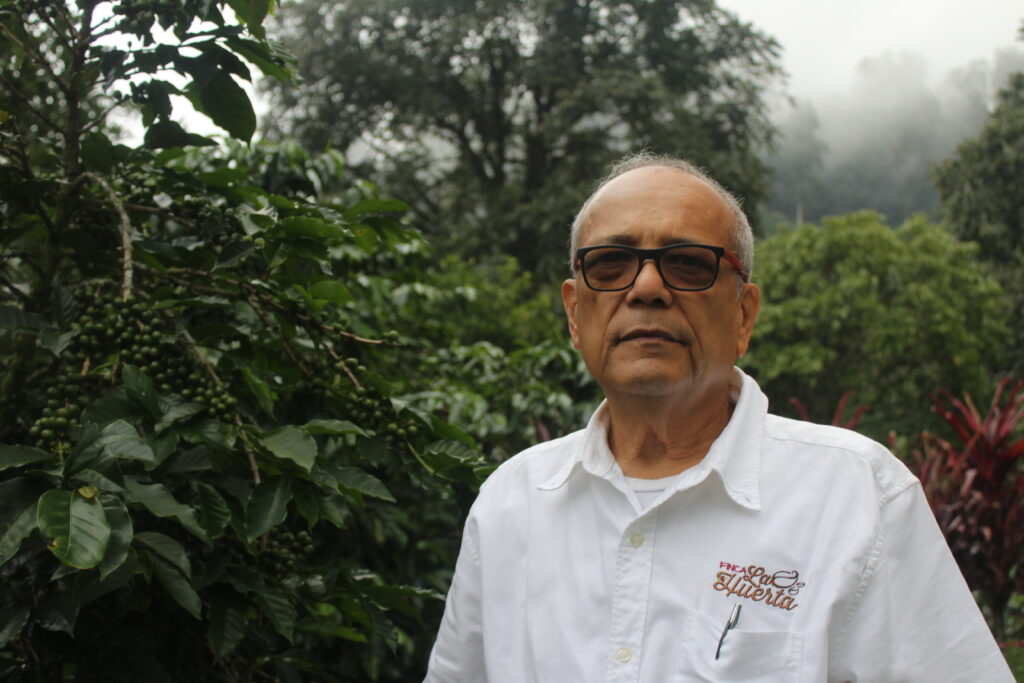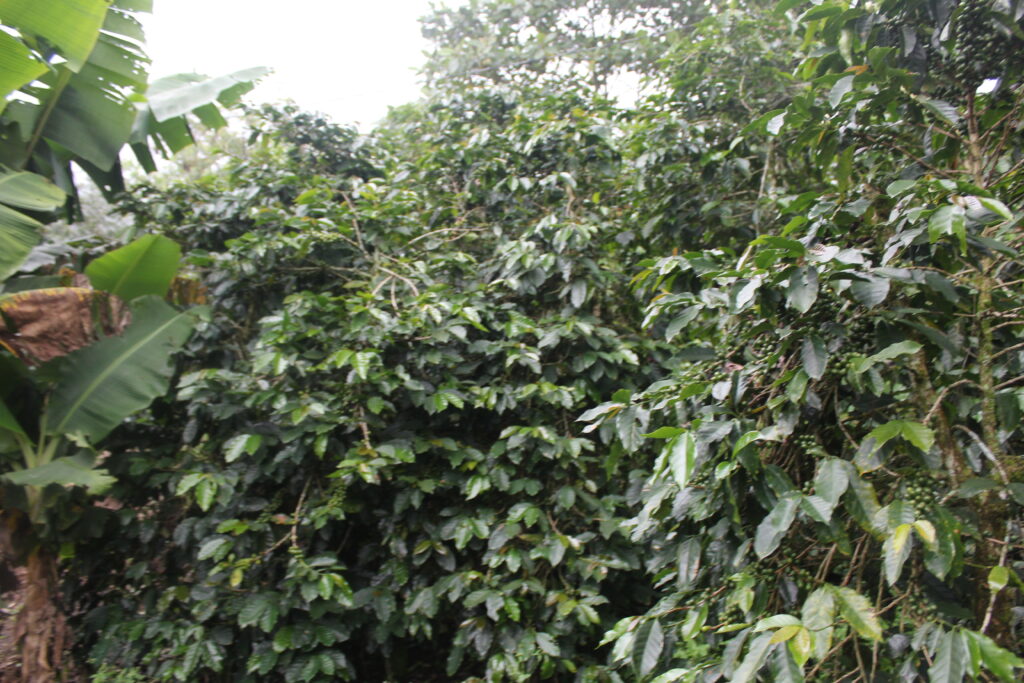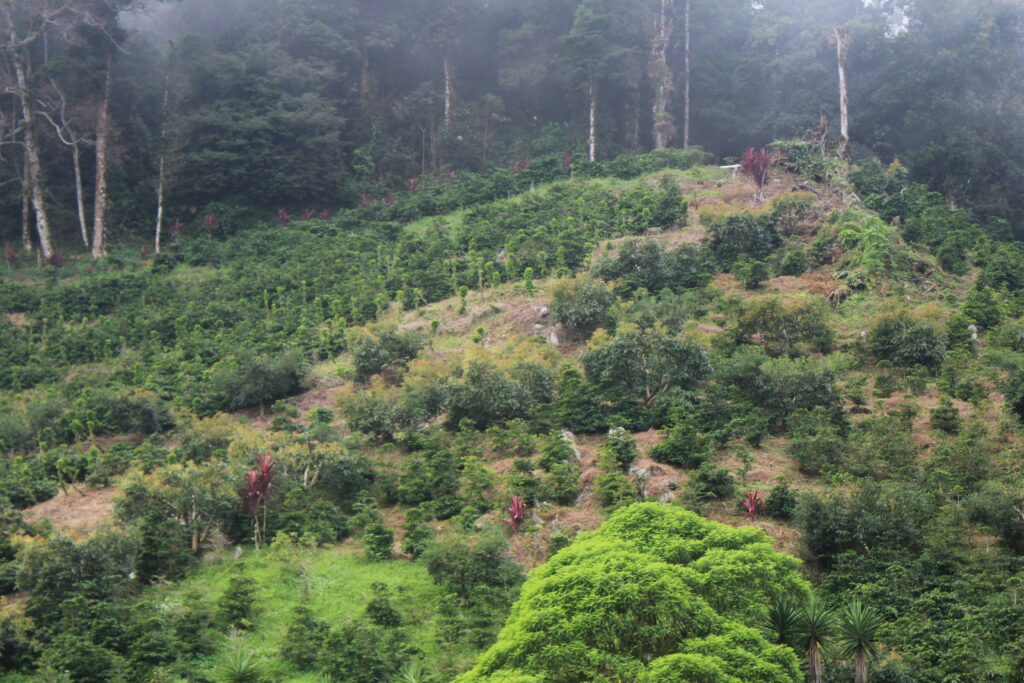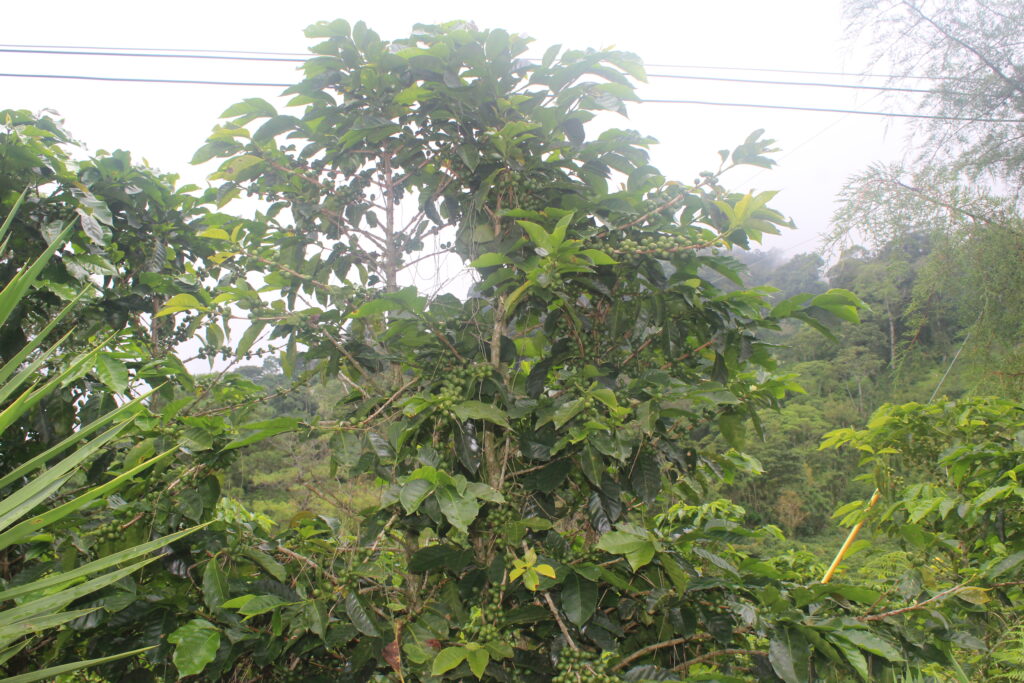Before becoming a coffee producer, Jorge Lanza held various jobs in different factories. In 1999, he joined the National Association of Coffee Growers of Honduras (ANACAFEH), where he was appointed general manager. With his savings, Jorge purchased a property in Quimistán, Santa Bárbara, and began his journey as a conventional coffee producer.
In 2009, ANACAFEH appointed Jorge as president of the organization. Motivated by a desire to produce higher-quality coffee, he acquired another property in Las Flores, Santa Bárbara. The elevation and rich ecosystem of this land offered the perfect conditions for specialty coffee cultivation. Through dedication and hard work, Jorge participated in the 2013 Cup of Excellence (COE), securing first place for the best coffee.
Jorge remains committed to sustaining his farm by continually renewing his plots to keep them productive. He prioritizes correct processing techniques and strives to implement the best agronomic practices to maintain the exceptional quality of his coffee.
His meticulous approach begins with careful hand-picking of only the ripest cherries and for this washed process, on the same afternoon of harvest, the cherries are depulped, and the parchment is placed in fermentation tanks for approximately 12 hours. After fermentation, the parchment is washed in three stages and then transported to San Pedro Sula, where it is dried on raised beds until reaching a humidity level of 10%. Finally, the coffee is packed in plastic bags to preserve its ideal moisture content before storage.







